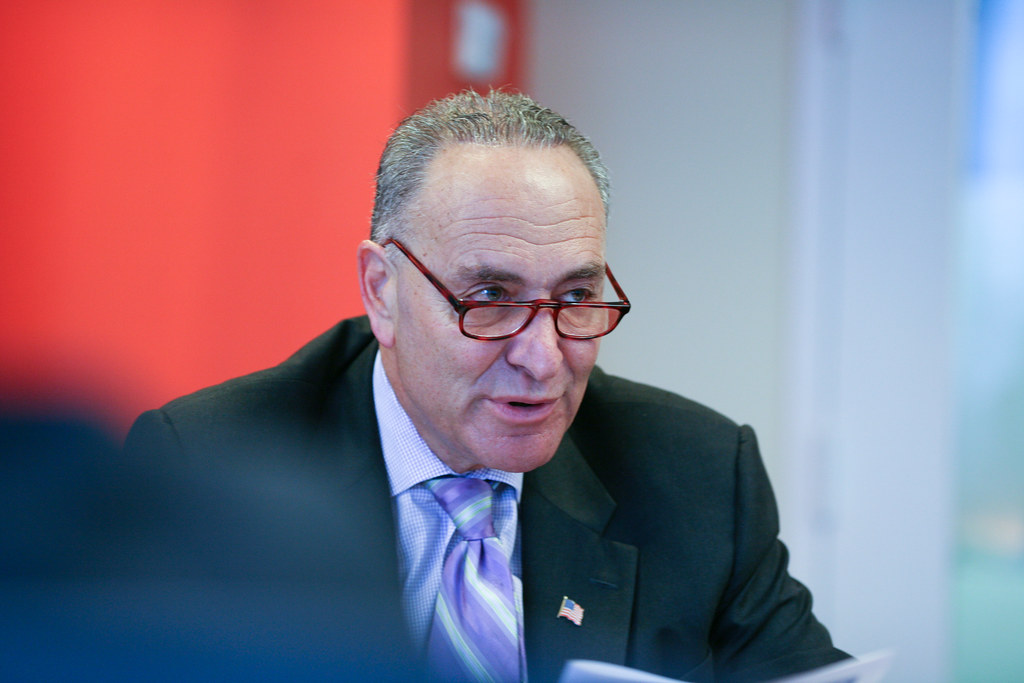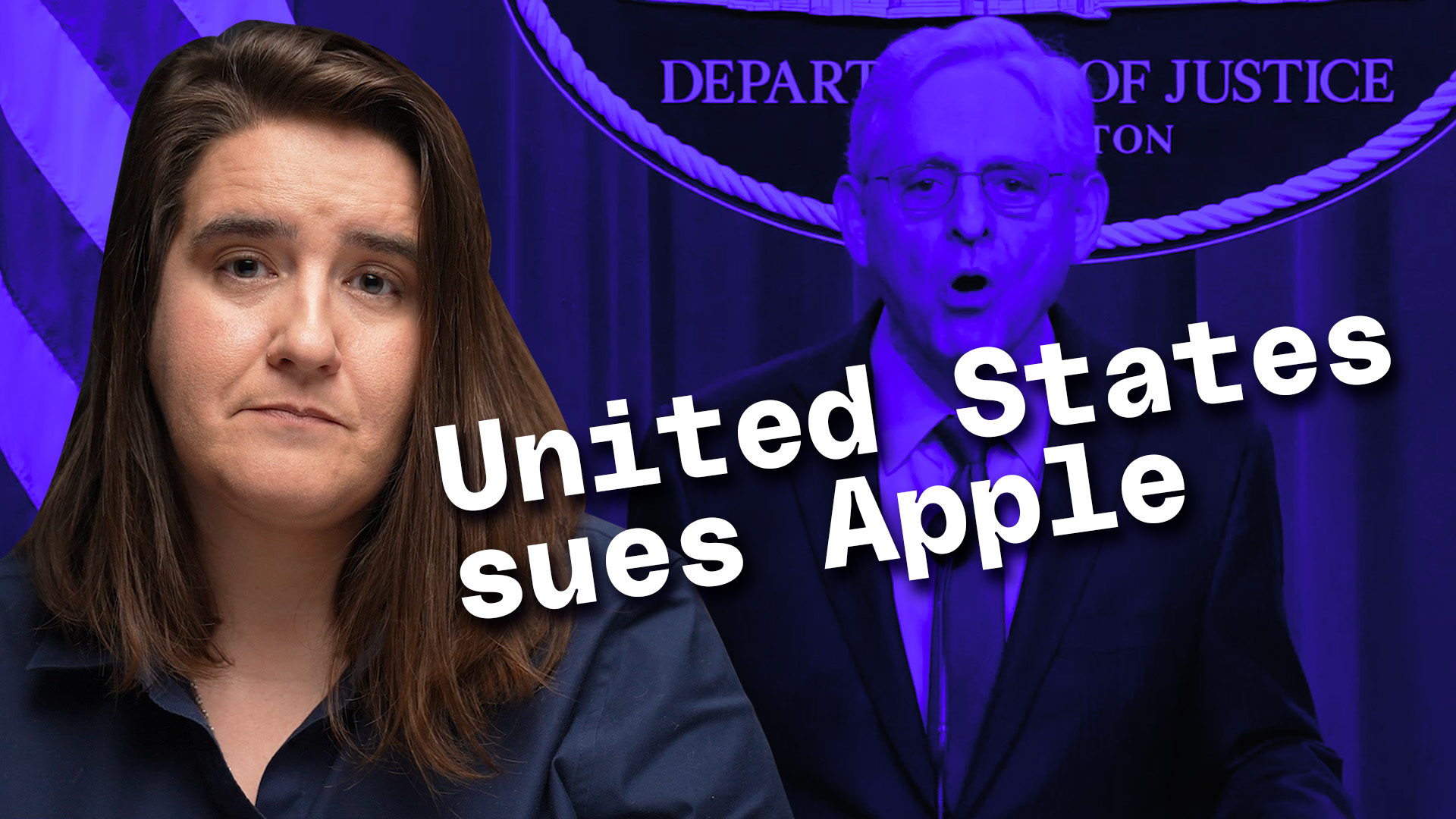As the clock ticks down to the end of Friday, the United States braces for the possibility of a partial government shutdown. With Congress showing little progress as of Tuesday, the nation is on the cusp of what could become a significant disruption to various sectors.
Congressional leaders, in a bid to avert this crisis, convened at the White House on Tuesday. Senate Majority Leader Chuck Schumer described the talks as “intense,” and progress was reportedly made. House Speaker Mike Johnson also expressed optimism about reaching an agreement. However, the divide between the Senate and the House, exacerbated by hardline conservatives pressuring Johnson, casts a shadow over the likelihood of a resolution.

A brewing standoff in the House sees conservatives pushing for policy riders in any funding deal, including defunding certain Biden administration climate change programs and blocking Pentagon reimbursements for service members’ abortion-related travel costs. Senate Republican Leader Mitch McConnell has highlighted the “needless disruptions” a shutdown would cause, affecting agriculture, transportation, military construction, and essential services at the VA.
If Congress fails to act by March 2, funding will lapse for several departments, including Agriculture, Veterans Affairs, Housing and Urban Development, Energy, and Transportation. The implications are far-reaching:
In Agriculture, a shutdown would furlough most employees, though SNAP will continue providing food stamps through March. The VA would see public-facing regional offices closed, with many regular operations like career counseling and cemetery maintenance becoming unavailable. However, veteran healthcare would remain unaffected.
HUD has warned of a cessation of nearly all fair housing activities, which could leave families without federal housing loan support, potentially causing rent and housing prices to spike. The Energy Department, on the other hand, does not anticipate disruptions for short-term lapses, thanks to previously appropriated funds.
Transportation services such as air traffic control would continue, but prolonged shutdowns could lead to travel issues.
The situation is a complex puzzle of policy fights, spending requests, and the intricate process of allocating funds to different agencies. With the looming deadline, the pressure mounts on lawmakers to craft an agreement that addresses the first four appropriations bills to prevent a shutdown.
A shutdown would mean non-essential federal agencies and programs halt operations, leading to furloughs and service interruptions. Essential services and mandatory spending programs, such as Social Security, Medicare, and Medicaid, would continue.
The consequences of a shutdown are not just limited to government employees and operations. It can significantly affect the general public, from delayed food assistance benefits to paused food safety inspections.
As the government prepares for the possibility of a shutdown, the question remains: How will Congress navigate this impasse? The answer lies in the ability of lawmakers to find common ground amidst competing priorities and the ticking clock of the fiscal deadline.
The potential 2024 government shutdown serves as a stark reminder of the delicate balance between political strategy and the practical needs of a nation. As the deadline approaches, the eyes of the country are fixed on Congress, awaiting a resolution that will steer the nation clear of a shutdown’s far-reaching ripples.
Related posts:
What Would Be Affected During a Partial Government Shutdown
Will there be a government shutdown? Congress running out of time to strike a deal.
Government Shutdowns Q&A: Everything You Should Know -Mon, 02/26/2024 – 12:00





